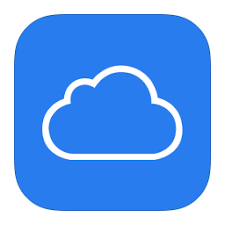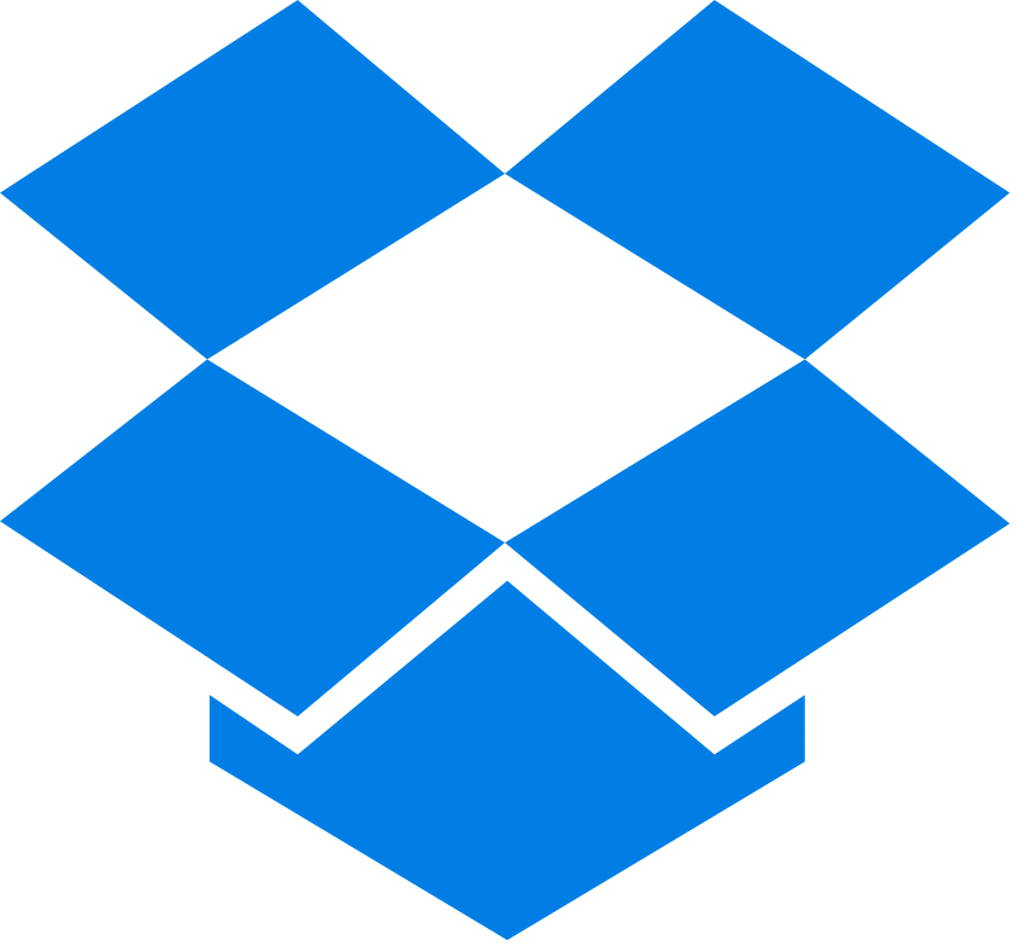May 20, 2020
Accessing Your Files When Away From Home (Or The Office)

These days, accessing your data when away from home (or the office) isn’t a top priority for most of us, considering what’s happening in the world. But in this era of working from home, having your files available wherever you are is a good thing, and being able to get to them at a moment’s notice is a real time saver.
But – if your work is on one computer, how can you access it on another computer? Sure, you can set up a dedicated server in your home or office, but that can be a pain, and besides, if your internet provider changes IP numbers midstream, you’re out of luck. And what about updating it? If you work on File A on your home computer and File B on your work computer, what do you do about syncing them? Do you have to remember what changes you made to which documents and where you made them? And does all this cost money?
A bunch of different options are out there – most have a free component as well as a premium version, which most individuals don’t need, at least for day-to-day stuff.
iCloud

iCloud is Apple’s cloud-based service that allows you to sync files, photos, contacts and yes, files. It’s hard to avoid getting an iCloud account, as Apple hectors you constantly from the moment you power on your device for the first time. The free version gives users 5 GB of storage; problem is, if you start sharing photos between devices, your storage space gets gobbled up pretty quickly. Ditto when synching your iPhone to iCloud. Of course, it gives you option to buy more – $0.99/month gets you 50 GB, $2.99/month for 200 GB and a whopping 2 TB for $9.99/month.
Pros:
- Easy to set up.
- Syncs not only your files, but your contacts, calendars, bookmarks and more between your devices.
Cons:
- Once you’re on the paid plan, it’s hard to downgrade.
- If you get locked out of your account, quite often it’s like extracting molars without anesthesia to to get back in.
Dropbox

Dropbox is the original mass-market cloud sharing and syncing service. For a while, it pretty much was king of that space; naturally, the copycats came along and eroded its market share, but it’s still a dominant force. It’s a simple concept – create an account, download the application and drag your files into the Dropbox folder on your computer, and you’re off and running. You can also use the web-based interface, but that’s a bit more confusing for users. As long as you use the finder-based option, you’re golden. Similar to iCloud, Dropbox gives you 5 GB gratis; its plans are Basic (free), as well as the premium Plus and Business. Both of those levels offer a wide range of pricing for all sorts of businesses and enterprise users. Depending on how mush storage you need, of course.
Pros:
- Intuitive sign in and setup.
- Ability to work on files while offline.
Cons:
- It is always begging you to sync your photos from your iPhone to Dropbox – which might not be your plan.
- Dealing with sharing folders and the selective sync features is above many user’s paygrade.
Google Drive

Quite similar to Dropbox, Google Drive is tech behemoth’s file storage and sync service, its Pepsi to Dropbox’s Coke. It requires a Google account (Gmail will do) and a quick download and it’s business as usual – there’s a finder-based application as well as a web interface. Google triples the free component (15 GB) and is comparably priced to its competitors with its premium plans.
Pros:
- Requires a Google account, which most people already have.
- Accessible on every type of device.
Cons:
- Google has reputation of being a snoop with your personal data, so buyer beware.
- It is a challenger to Microsoft’s Office, so it’s always pushy with the Google Docs, Slides, etc.
Of course, there are other players out there – Microsoft offers file storage with its Microsoft 365 subscription service. The biggest drawback is that it defaults your files to be saved there, something you might not always want to do. Wannabes in the space include Axway Syncplicy, Box and Citrix Share File, among many, many aothers. Happy syncing!
